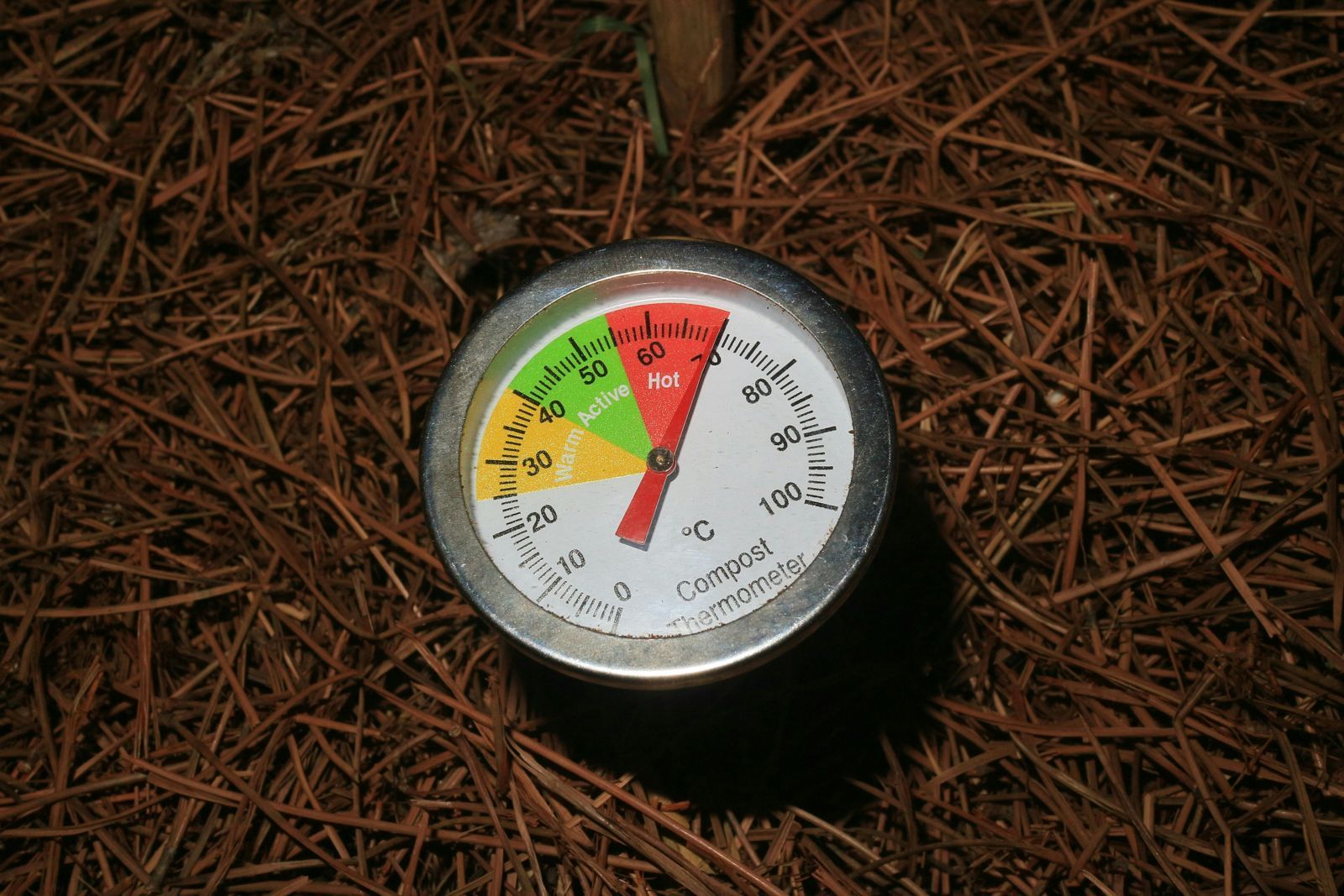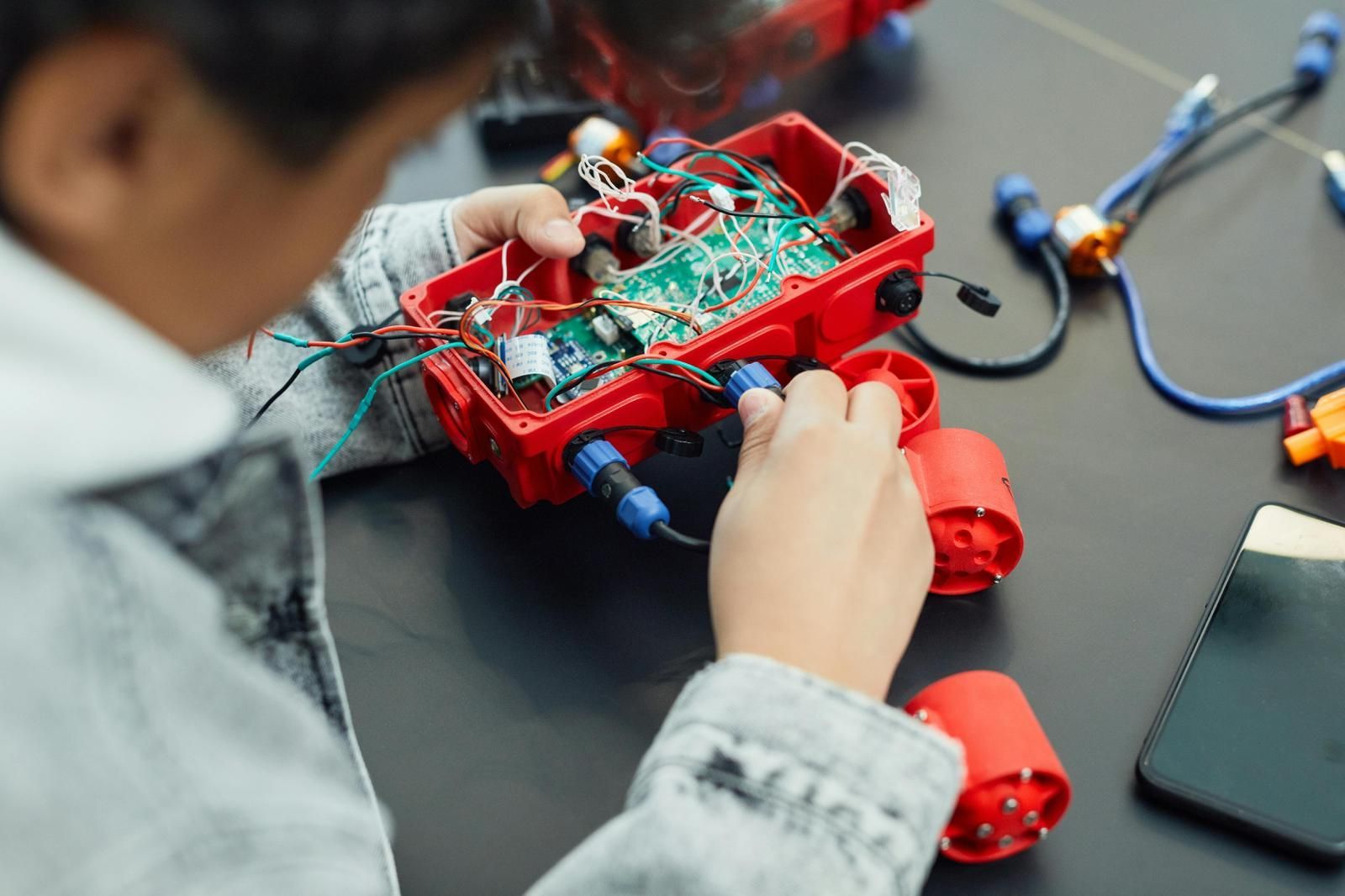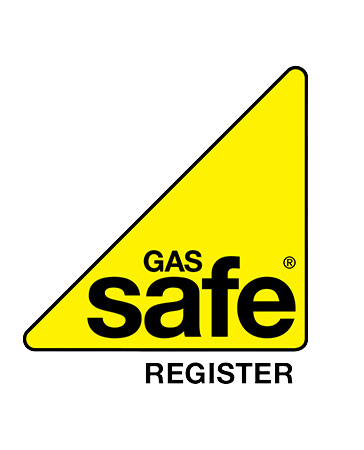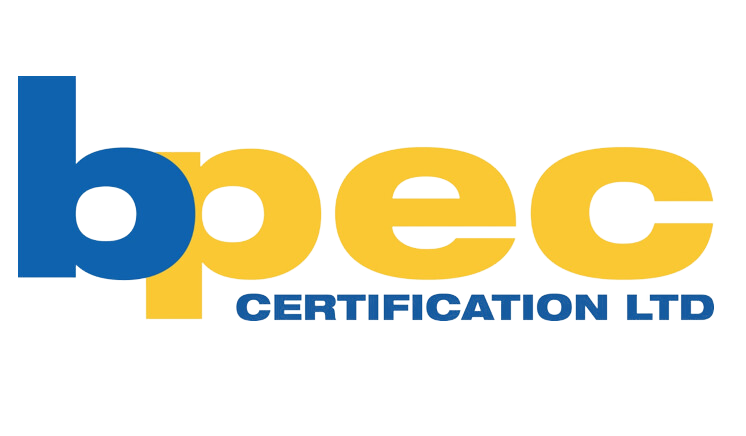Crunching the Numbers: Air Source Heat Pump Payback Period
Calculating the Payback Period for Air Source Heat Pumps
The payback period for an air source heat pump (ASHP) is the time it takes for the energy savings to offset the initial investment. Calculating this period helps you make an informed decision about installing an ASHP and provides insight into its long-term financial benefits.
Gathering Essential Information
To calculate the payback period, you’ll need several key pieces of information. First, determine the total cost of purchasing and installing the ASHP. Next, assess your current annual heating and cooling costs. You’ll also need to estimate the annual operating costs of the ASHP. Lastly, research any available incentives or rebates for ASHP installation in your area.
Estimating Annual Savings
To determine your annual savings, subtract the estimated annual operating costs of the ASHP from your current annual heating and cooling expenses. This difference represents the yearly financial benefit of switching to an ASHP.
Factoring in Incentives
Many regions offer incentives or rebates for installing energy-efficient systems like ASHPs. Subtract these from your initial investment to get the true out-of-pocket cost.
Performing the Calculation
The basic formula for calculating the payback period is:
Payback Period = (Initial Investment - Incentives) / Annual Savings
For example, if your ASHP costs £10,000 to install, you receive £2,000 in rebates, and you save £1,000 annually on energy bills, the calculation would be:
Payback Period = (£10,000 - £2,000) /£1,000 = 8 years
Considering Additional Factors
While the basic calculation provides a good estimate, consider other factors that might influence the payback period. These include potential increases in energy prices over time, maintenance costs for both your current system and the ASHP, and the expected lifespan of the ASHP.
Making an Informed Decision
Remember that while the payback period is important, it’s not the only factor to consider. ASHPs offer benefits beyond financial savings, such as increased home comfort and reduced carbon footprint. Weigh these advantages alongside the payback period when making your decision.
By carefully calculating the payback period for your air source heat pump investment, you can make a well-informed choice that aligns with both your financial goals and your commitment to energy efficiency.
You might also like












